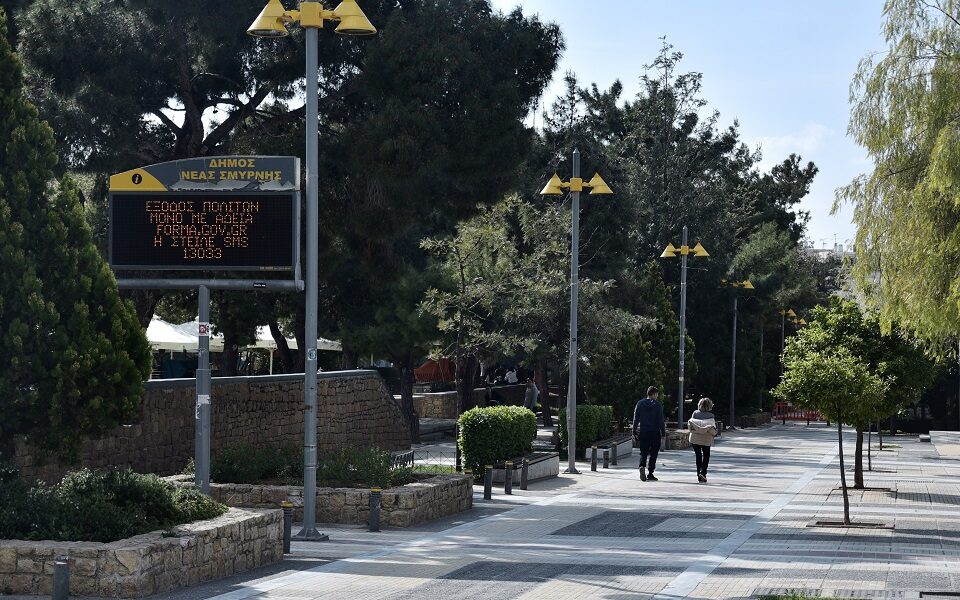The tragedy of the commons

My family moved from the downtown Athens district of Kolonos to the southern suburb of Nea Smyrni in 1974 so we could be closer to our school, Leonteios. It was like moving to the countryside! Everything appeared bigger – and it was: the sidewalks, streets and especially those big houses with the pretty gardens. Demand for housing could not be contained, however, while the proliferation of cars made the area much easier to reach. Having moved into a newly built apartment block, we too were part of the problem. But like all the apartment buildings at the time, this one was just four stories high and had a patch of greenery at the front. These small gardens were important because together with the trees lining the broad sidewalks, they turned each street into an oasis. Nea Smyrni was indeed a garden town.
That didn’t last very long either. Limits on the height of buildings were relaxed in the 1980-90 period, while now apartment blocks are climbing up to eight floors and more. The small gardens have been replaced by parking garages and most of the sidewalks have all but disappeared. And this has all taken place at a time of widespread condemnation of the concrete assault and “antiparochi,” a practice of trading land or a house for a share in the apartment block going up in their place. We knew exactly what we were doing; no excuse.
The replacement of a single-family or two-family home by an agreed number of apartments in the block often serves an immediate need and has always been a major economic lure, especially when the old house needs costly repairs. Beyond that, the more floors and parking spots, the better. The authorities gave it all away, and the garden town is no more. There’s another aspect too: Offering beauty for everyone, houses are also a collective commodity, but the cost of their upkeep only burdens their owners. Moreover, all it takes is an apartment building to go up next door or behind them and they lose their privacy – and their value. Nea Smyrni is a classic case of a tragedy of the commons, where individual interest trumped the collective interest. Was this inevitable? The authorities could, perhaps, have banned apartment blocks entirely as was done, say, in Palaio Psychiko. But Nea Smyrni has always been a middle-class neighborhood and this would be impossible. What would have been possible was to set a limit on the height of new buildings and to protect the gardens and sidewalks. But that is where greed crept in, followed by the resultant pressure from society – the sum of petty interests. And what came, in turn, was the hypocrisy of vague condemnations against rampant construction, society’s customary way of absolving itself from responsibility and dealing with its sense of guilt.
Stathis N. Kalyvas is Gladstone Professor of Government at the University of Oxford’s Department of Politics and International Relations.




